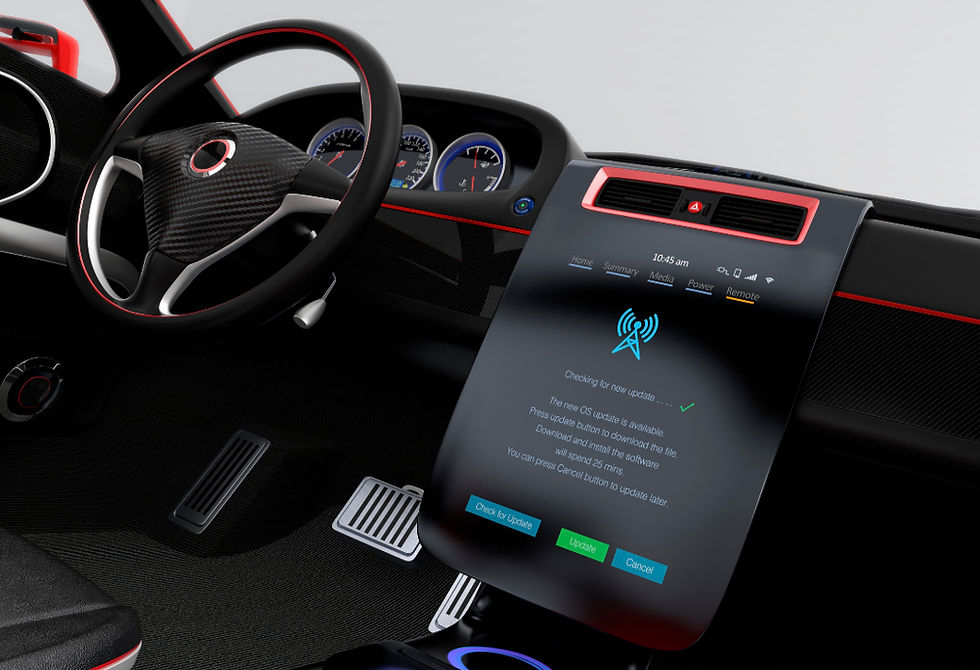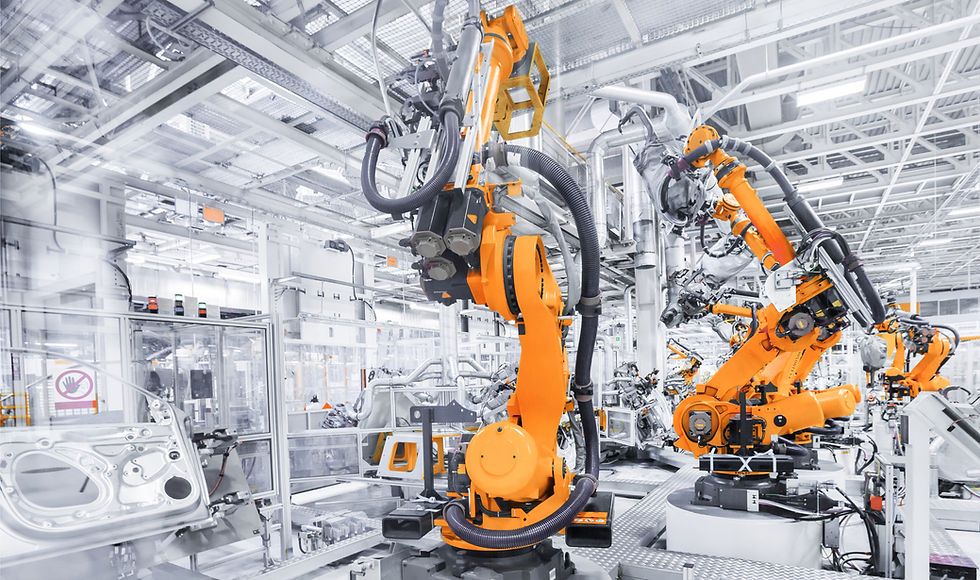Software Updates in Cars: A New Trend or a New Threat?
- Arif Gökçek
- Jul 18
- 2 min read

Software Updates in Cars: A New Trend or a New Threat?
In recent years, the automotive industry has undergone a radical transformation. Vehicles are no longer just mechanical systems — they are becoming increasingly software-driven. One of the most striking examples of this shift is the rise of over-the-air (OTA) software updates, allowing manufacturers to remotely enhance, modify, or fix features in vehicles without ever visiting a service center.
The Promise of Connected Vehicles
Modern cars equipped with OTA capabilities offer several promising advantages:
Enhanced Functionality: From advanced driver-assistance systems (ADAS) to new infotainment features, software updates can unlock capabilities that were not originally available at the time of purchase.
Improved Efficiency: Updates can optimize fuel consumption, battery performance (in EVs), or even correct calibration errors — reducing the need for costly recalls.
Personalization and Upgradability: Drivers may soon be able to subscribe to new services or functionalities on demand, tailoring the vehicle experience in real time.
The Emerging Risks
However, with great connectivity comes great responsibility. The shift to software-defined vehicles introduces a new set of concerns:
Cybersecurity Vulnerabilities: A connected car is, by definition, exposed to external threats. If updates are not secured with end-to-end encryption and strict validation protocols, malicious actors could exploit vulnerabilities — leading to theft, privacy breaches, or even loss of vehicle control.
Data Privacy Concerns: As vehicles collect increasingly detailed telemetry and user data, questions arise regarding data ownership, consent, and commercial use. Software updates could introduce new forms of data tracking without the user’s full awareness.
Planned Obsolescence: Some critics fear that automakers may use updates to subtly degrade performance in older models, nudging consumers toward newer purchases — echoing past controversies in the smartphone industry.
A New Era of Automotive Ownership
As the line between hardware and software blurs, car ownership enters a new era. The ability to update a vehicle remotely holds enormous potential for value creation and user satisfaction — but it must be implemented transparently, ethically, and securely.
Software updates in vehicles are not just a passing trend — they represent a foundational change in how cars are built, sold, and maintained. As this technology continues to evolve, both consumers and regulators will need to closely monitor its development to ensure that innovation does not come at the expense of safety, trust, or long-term usability.




Comments